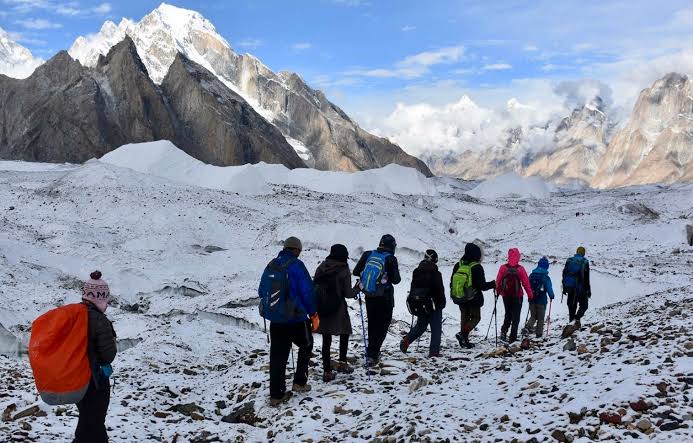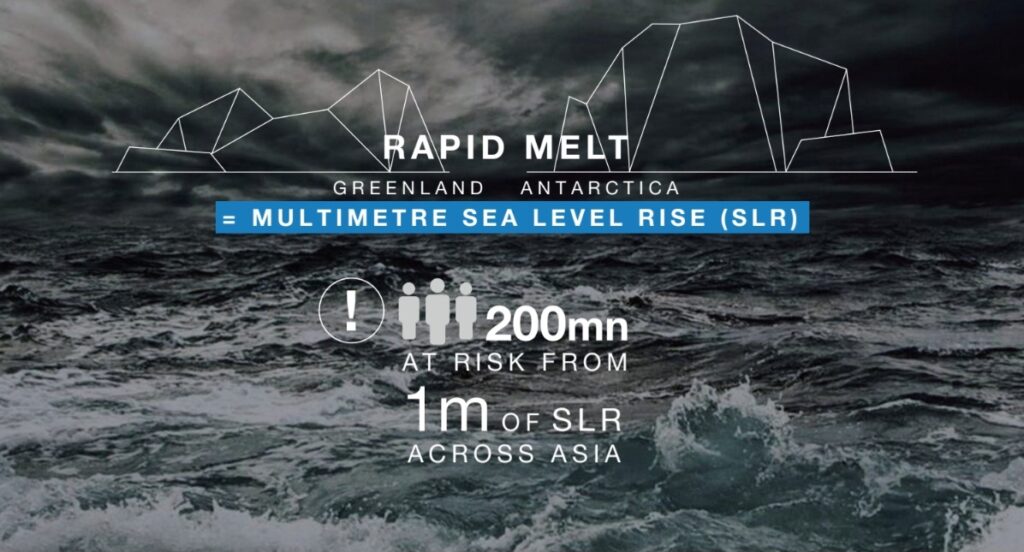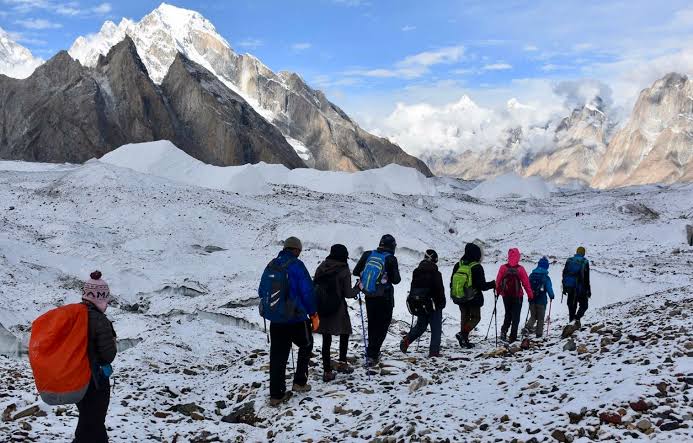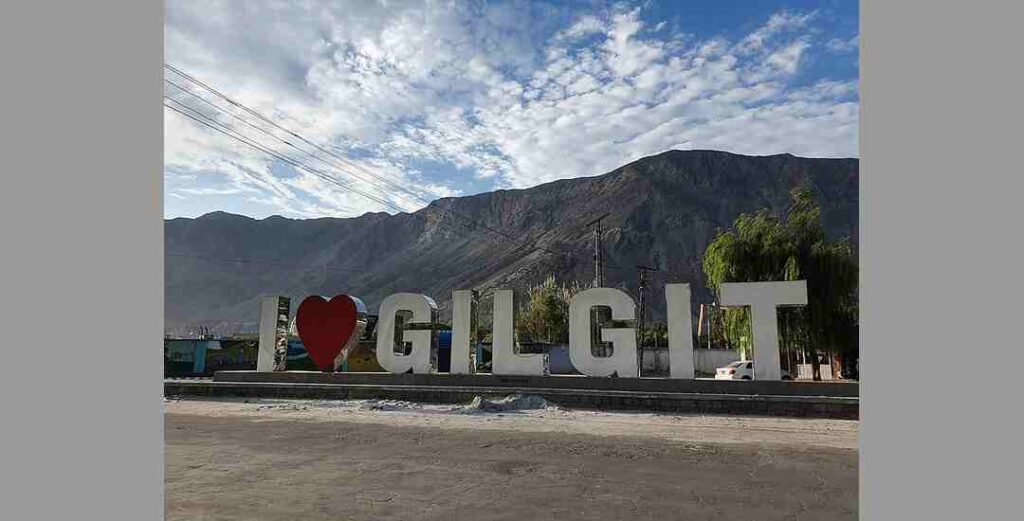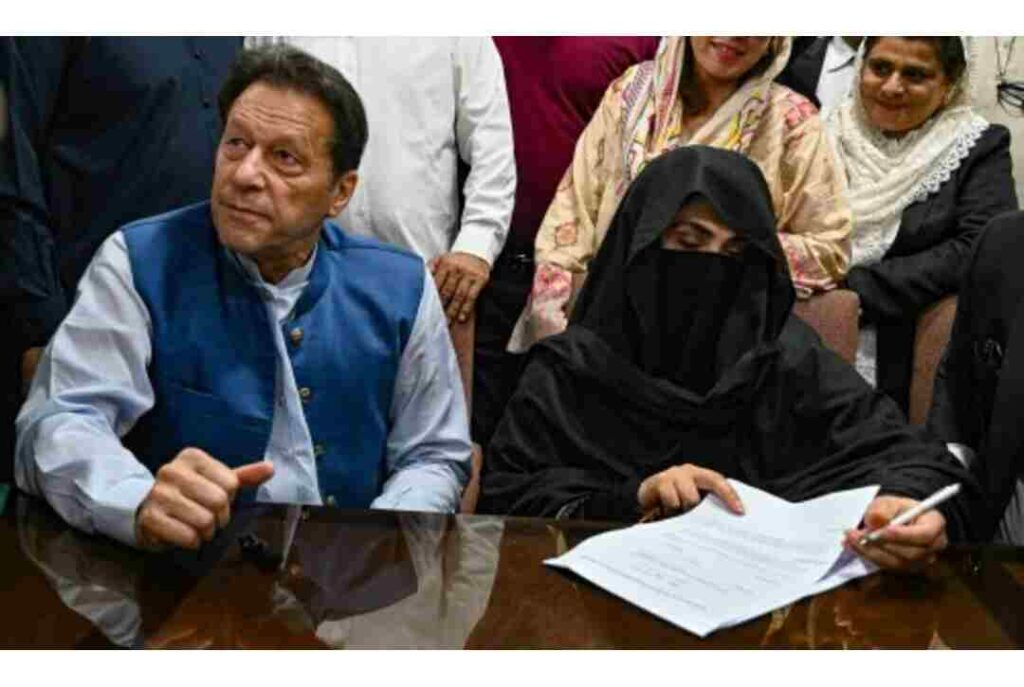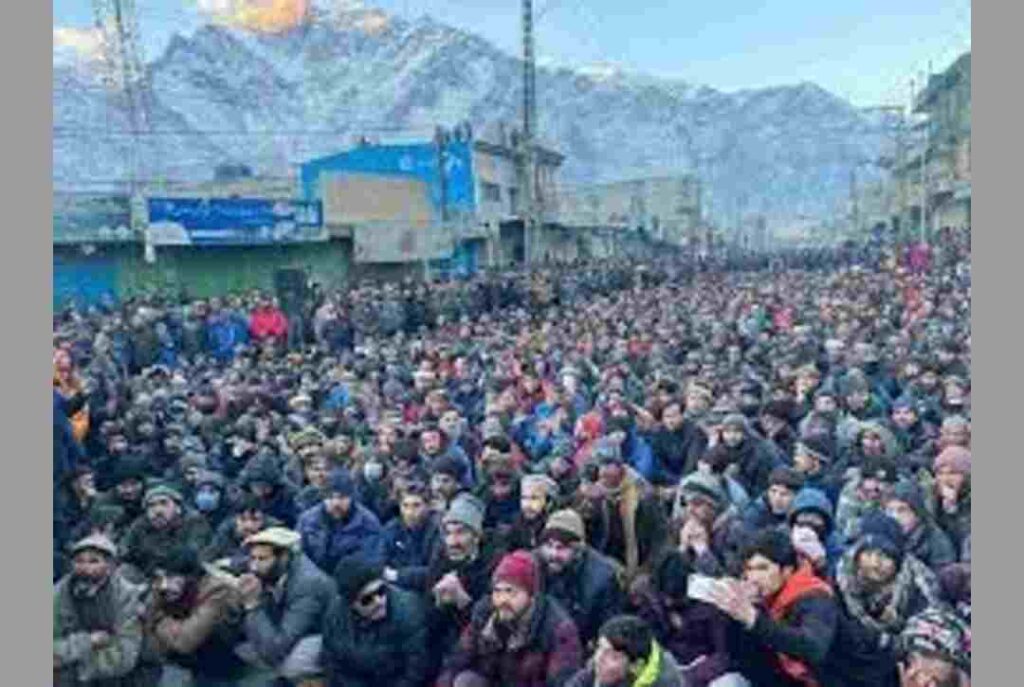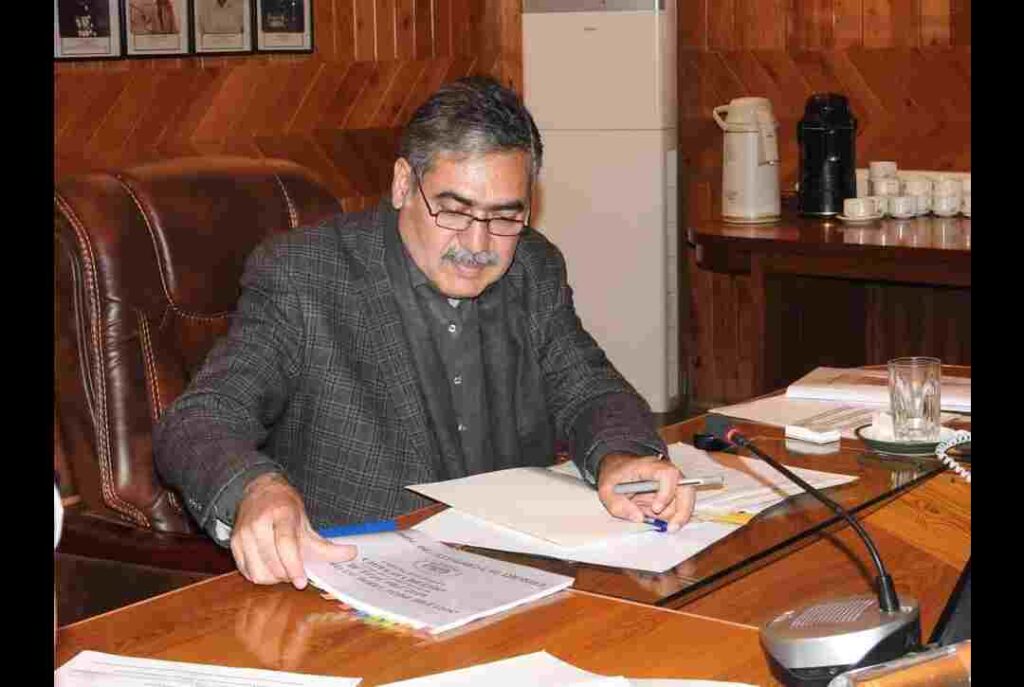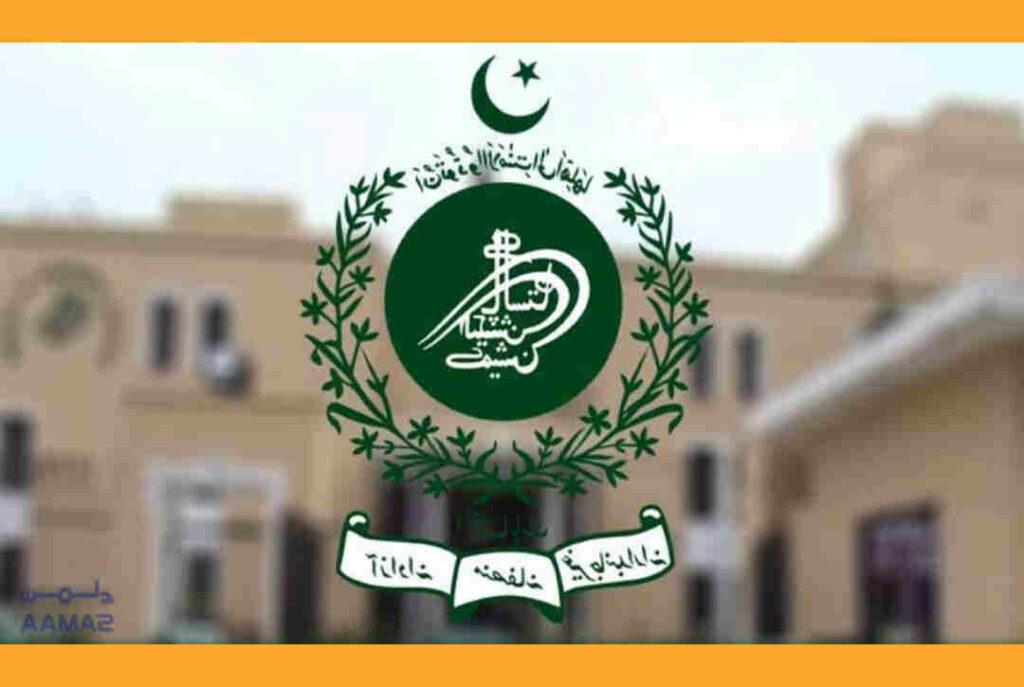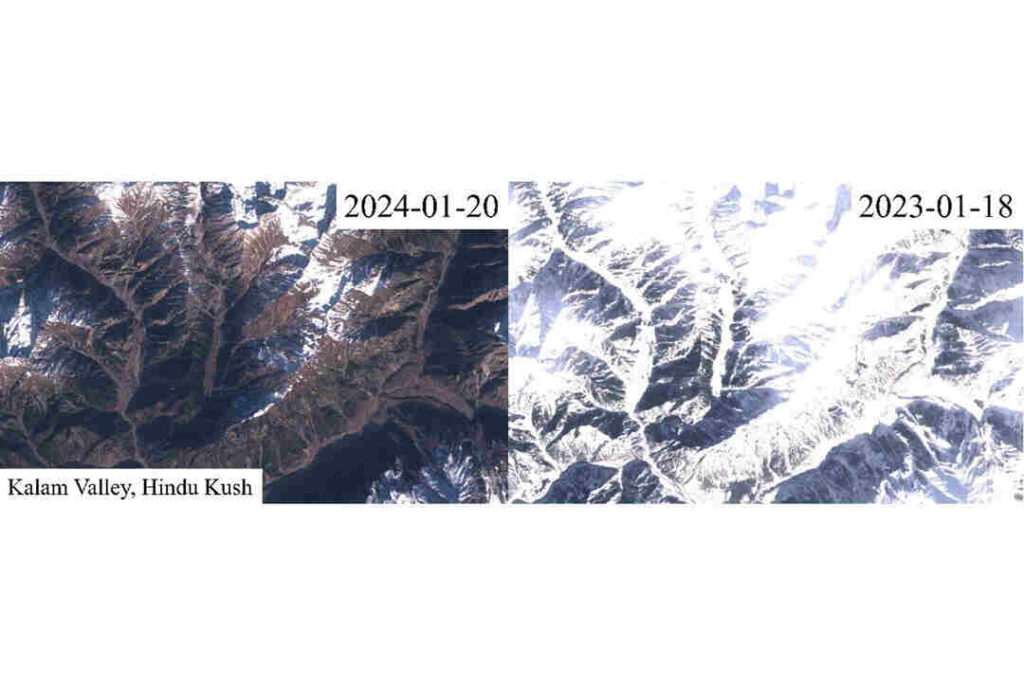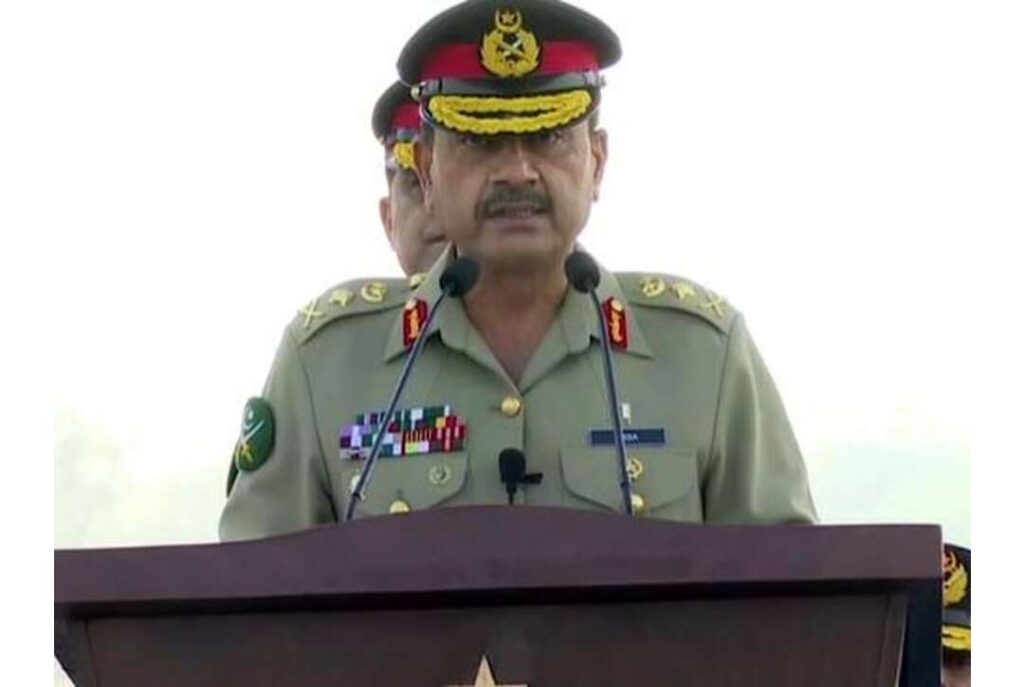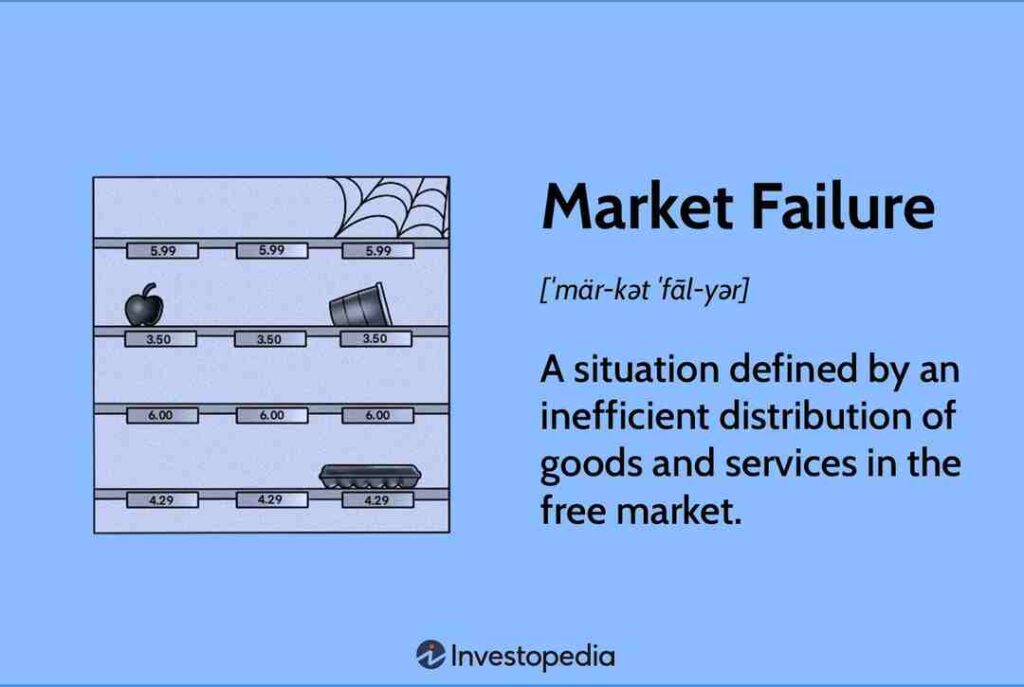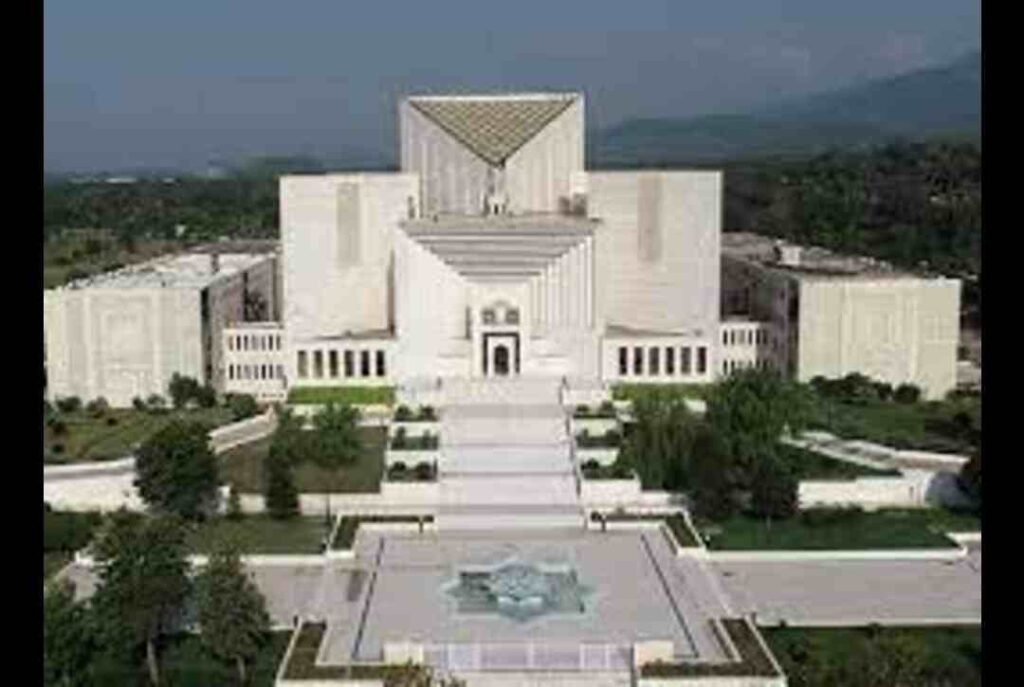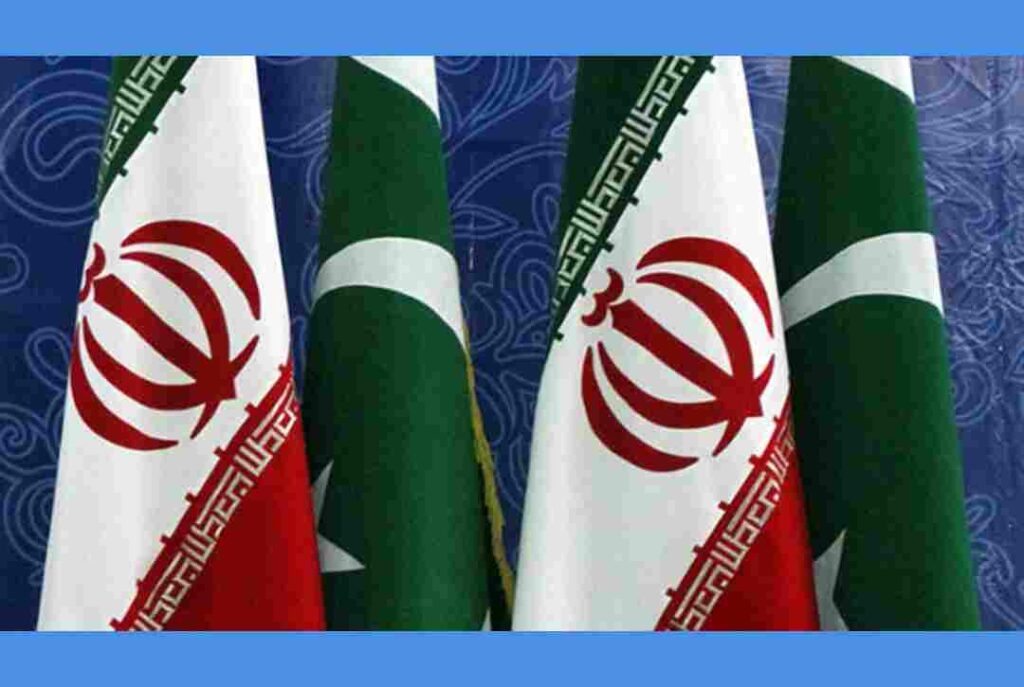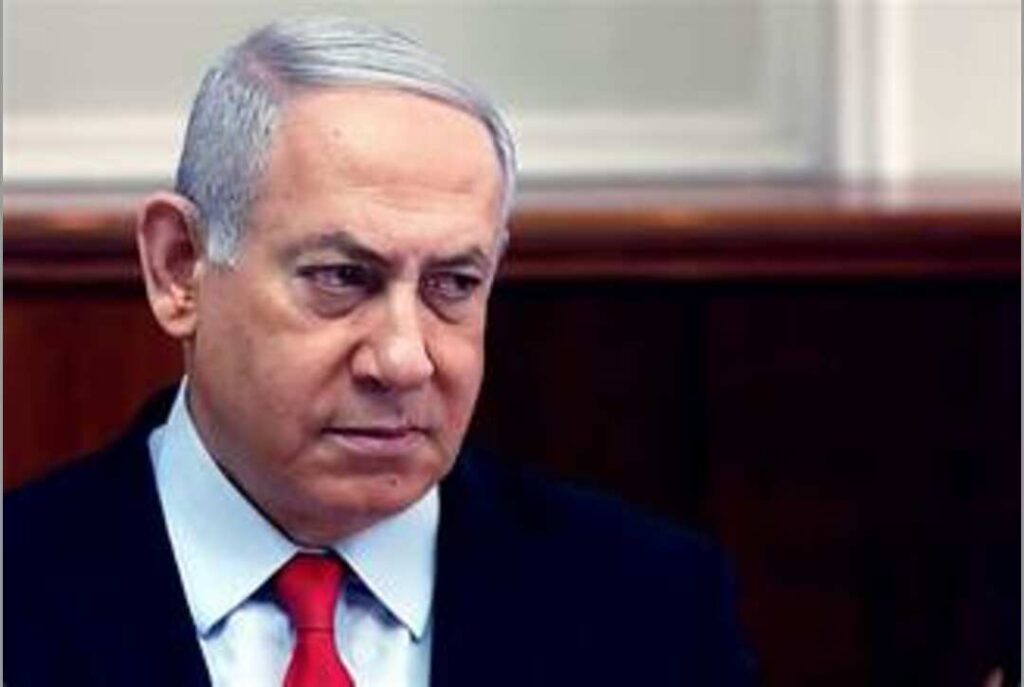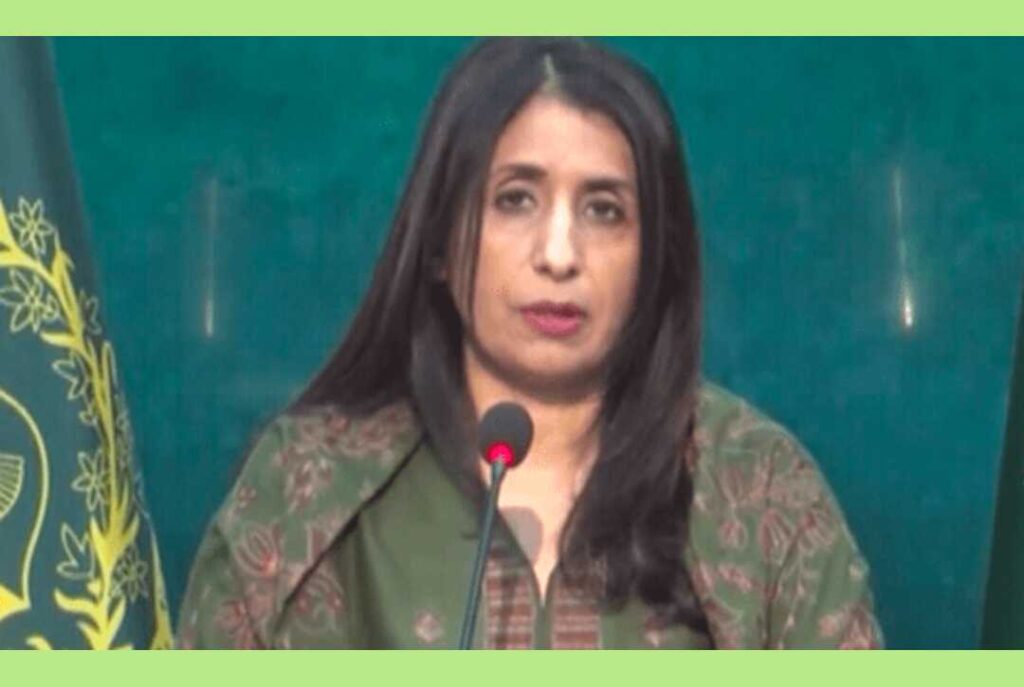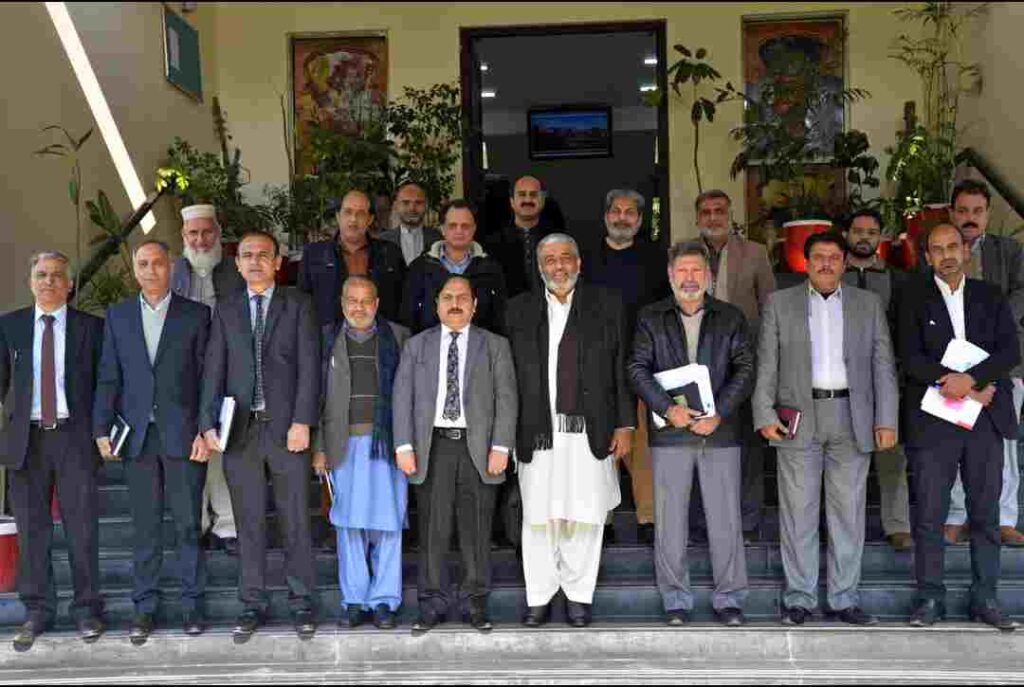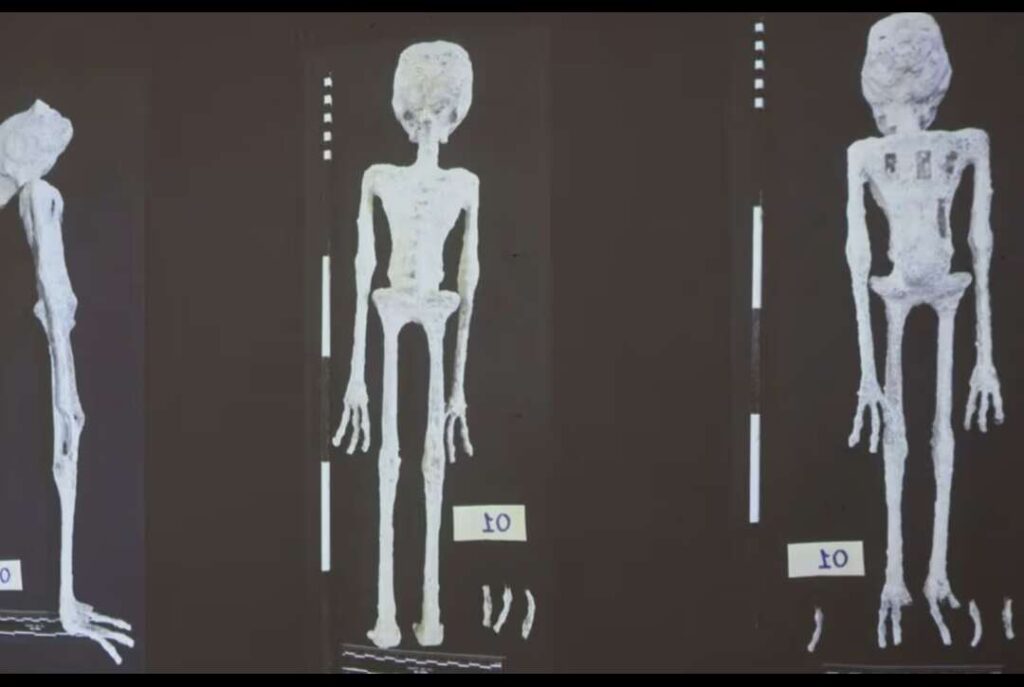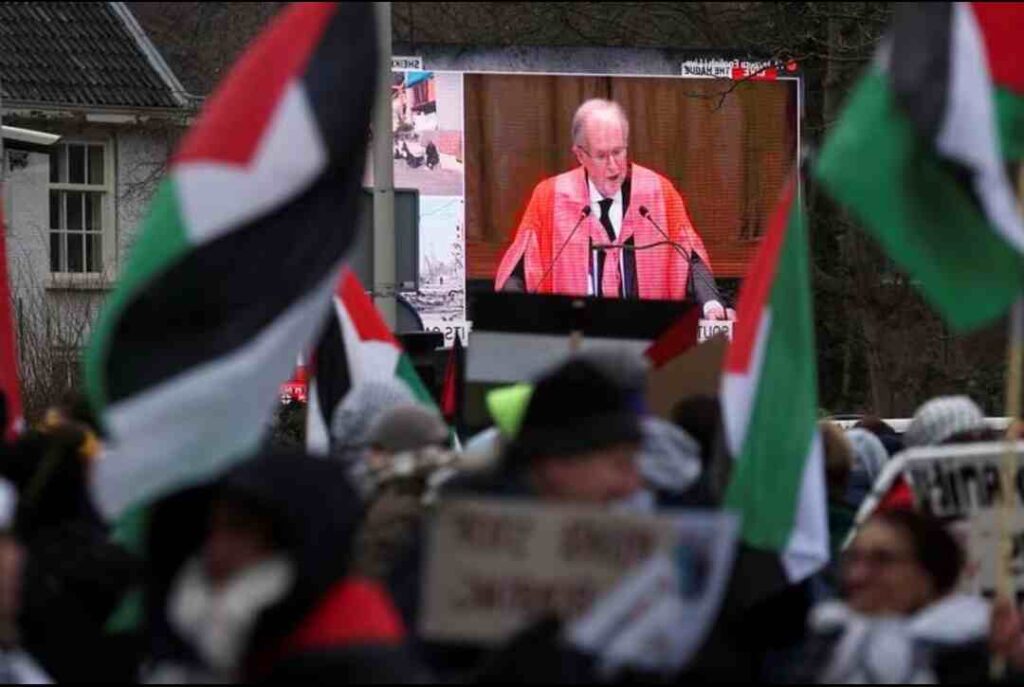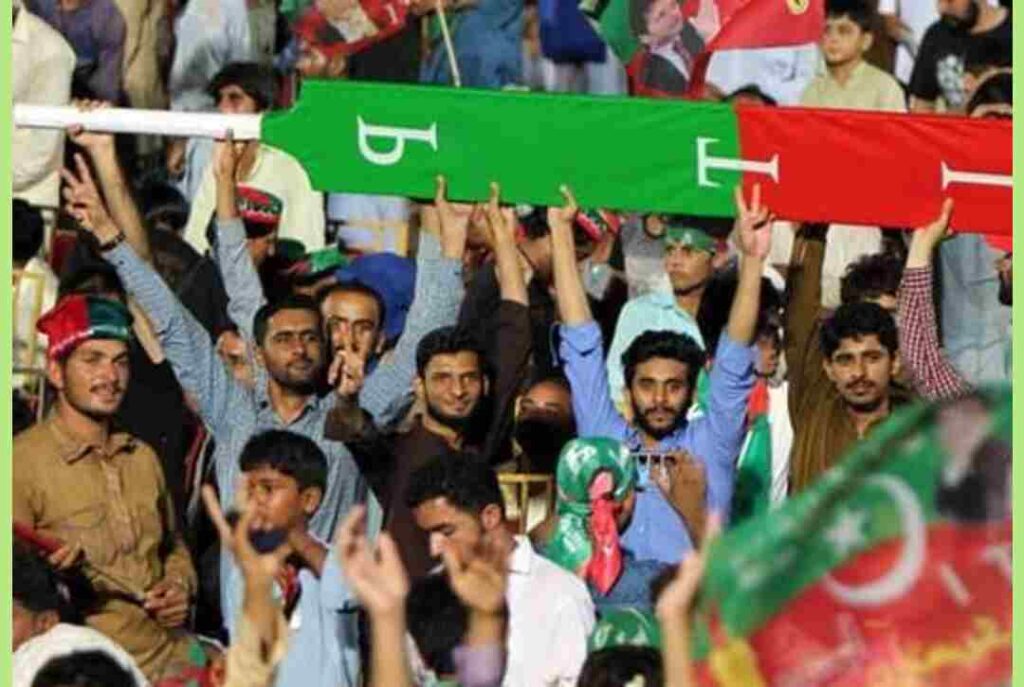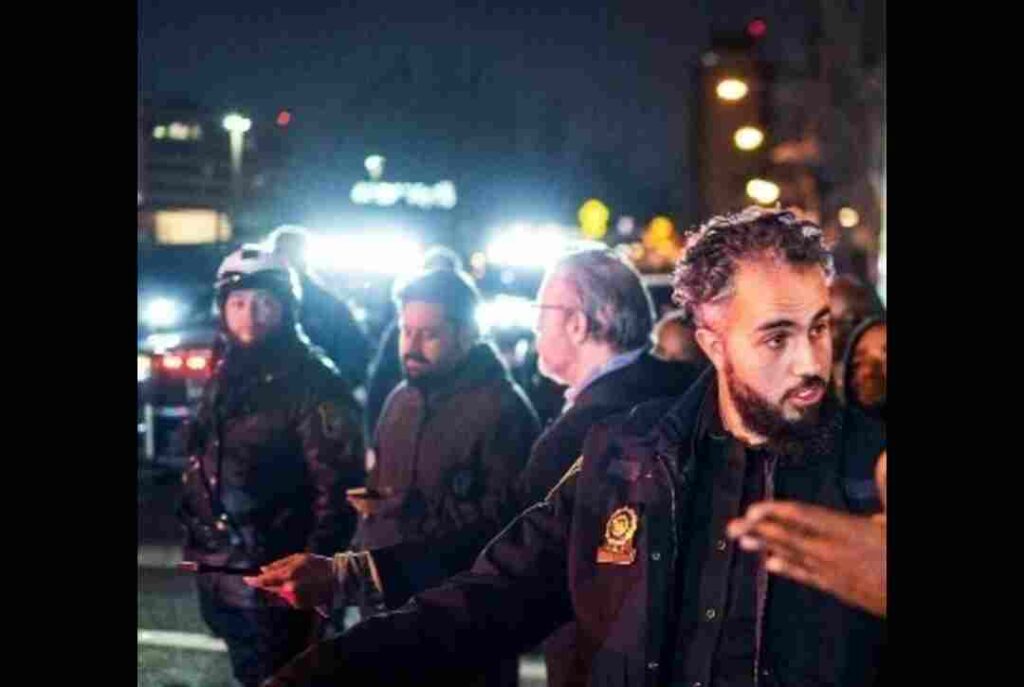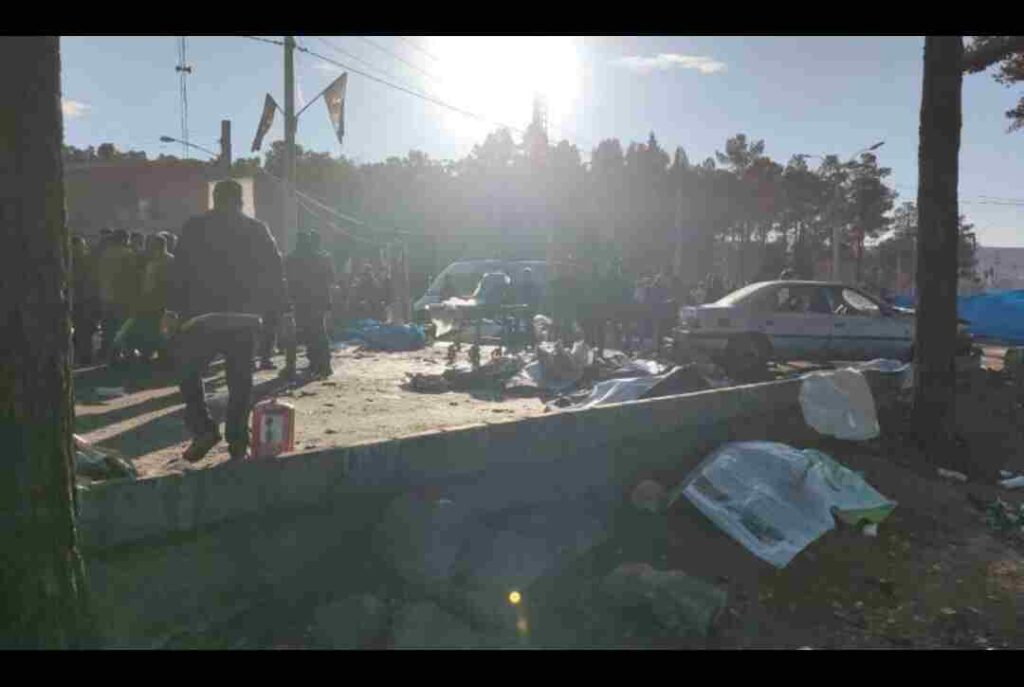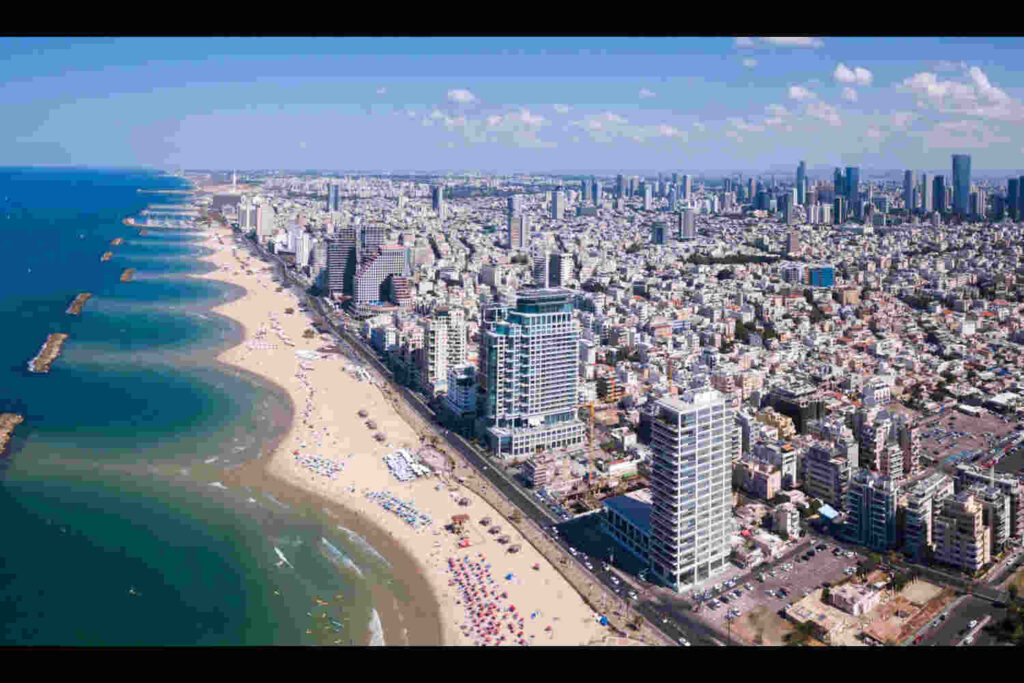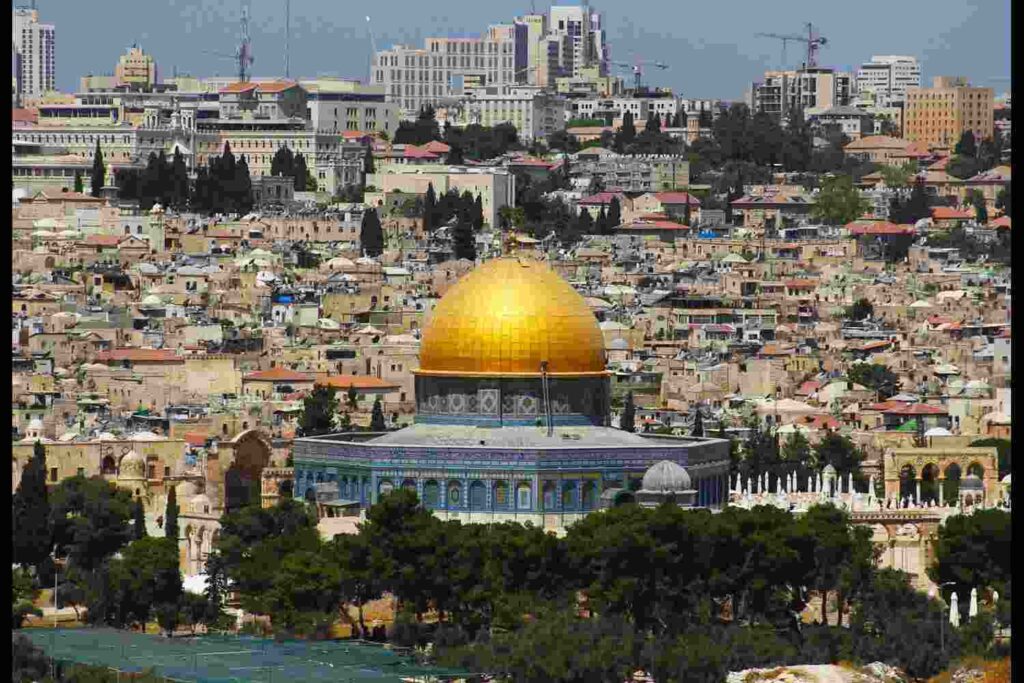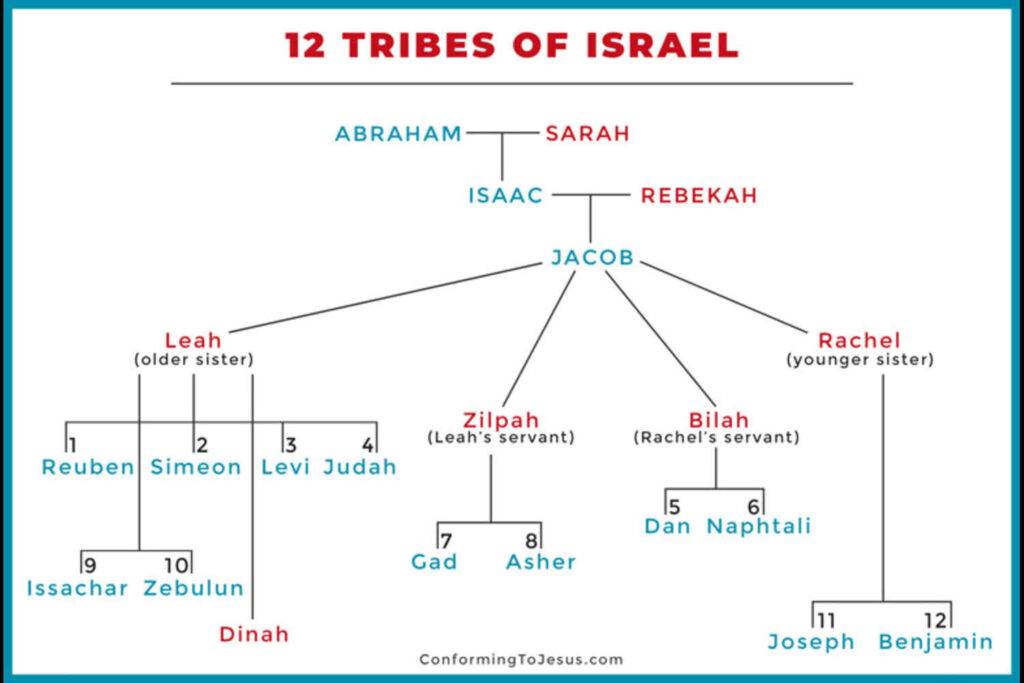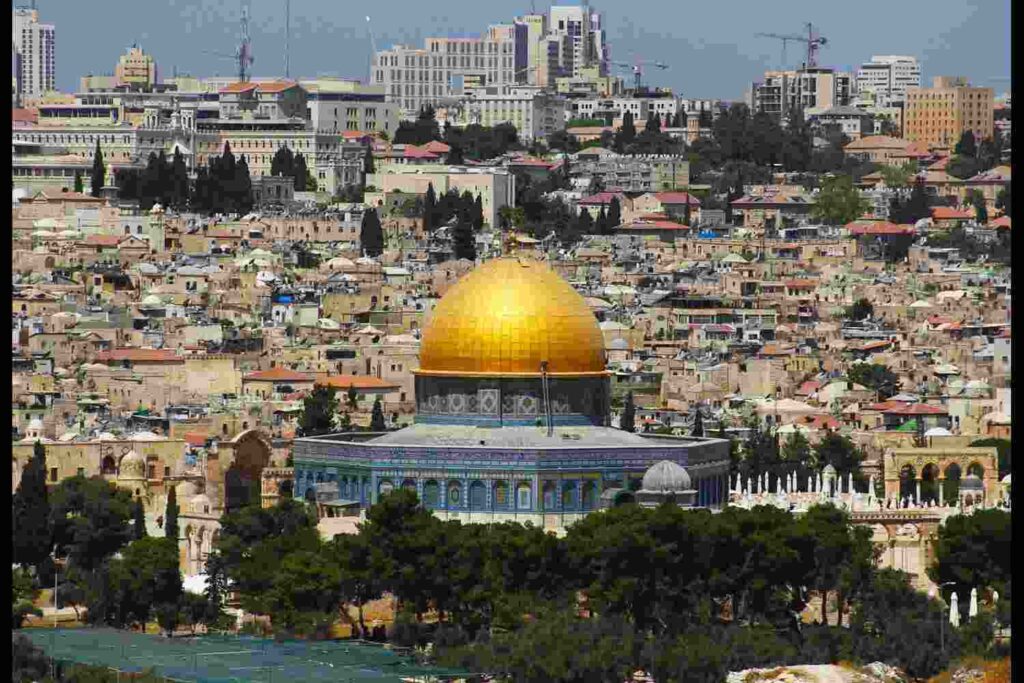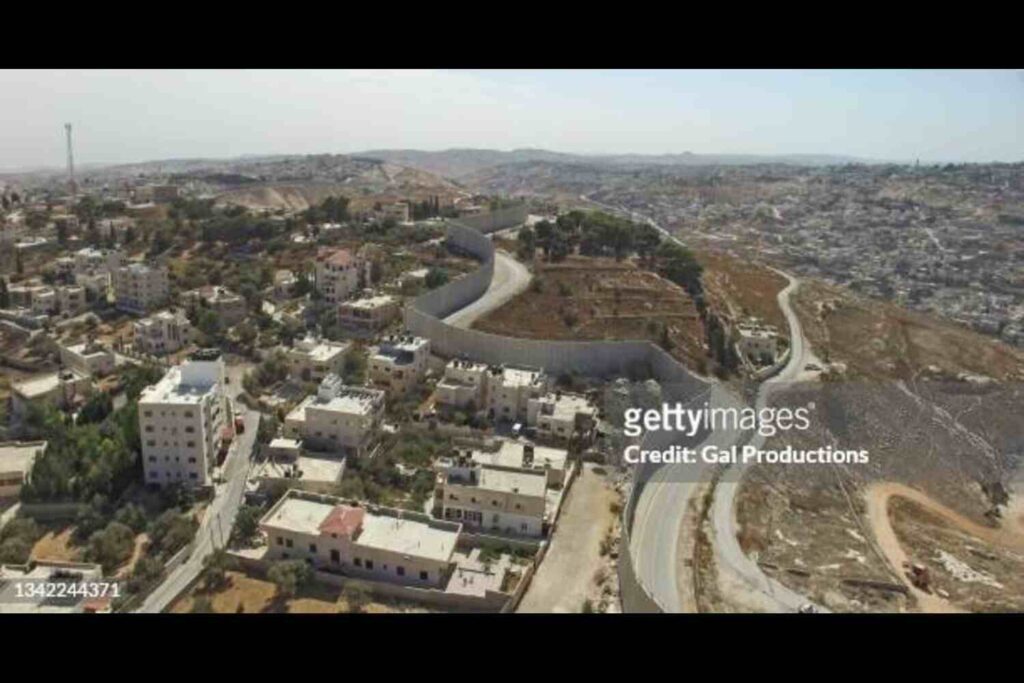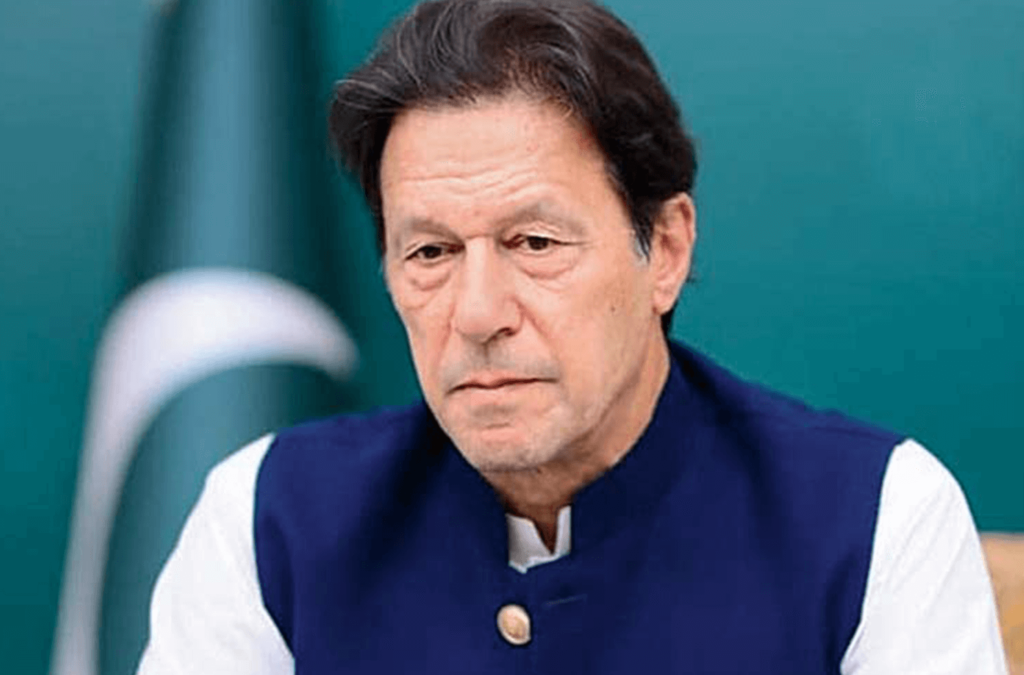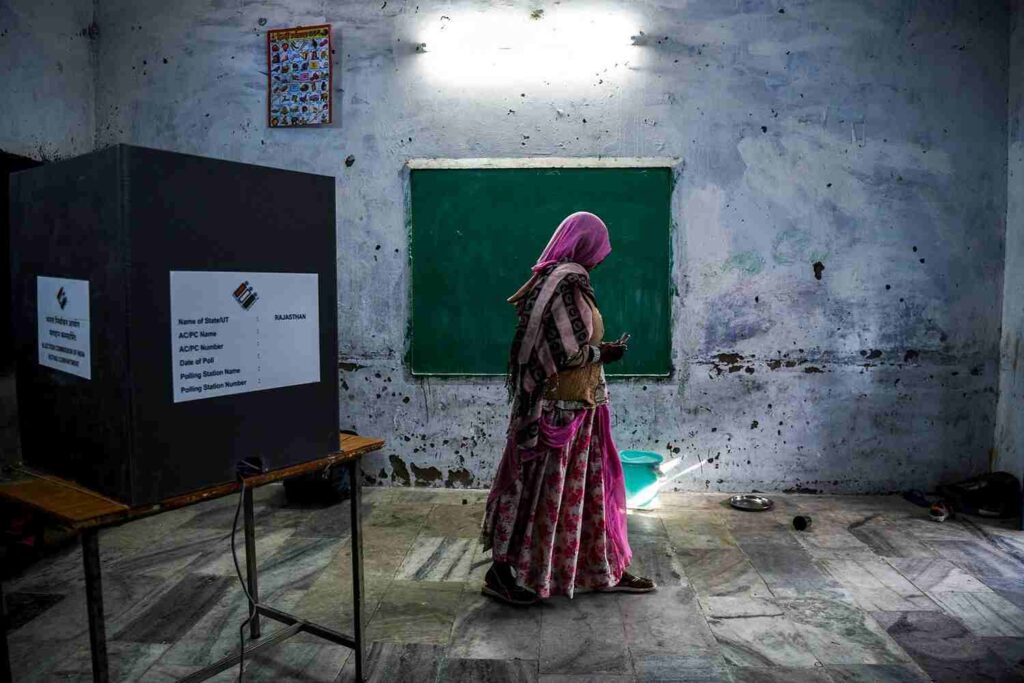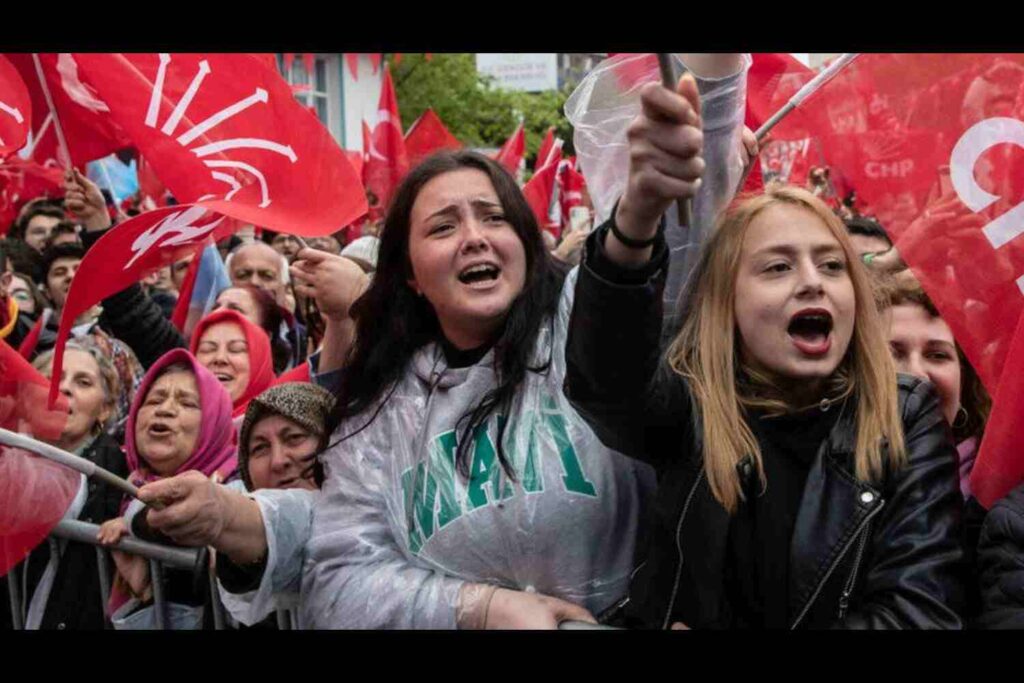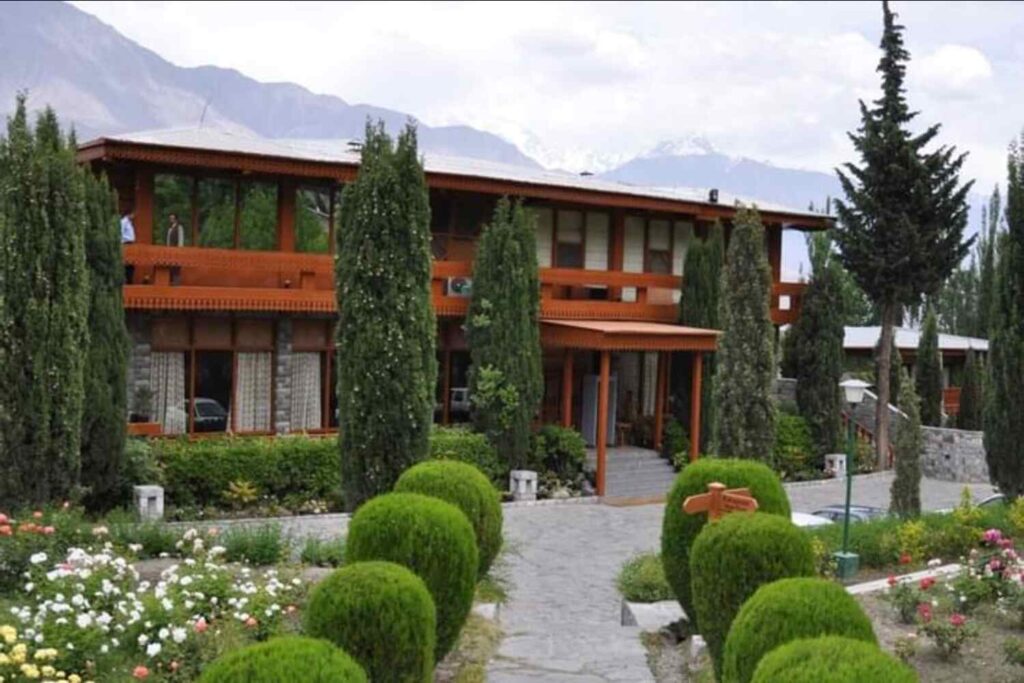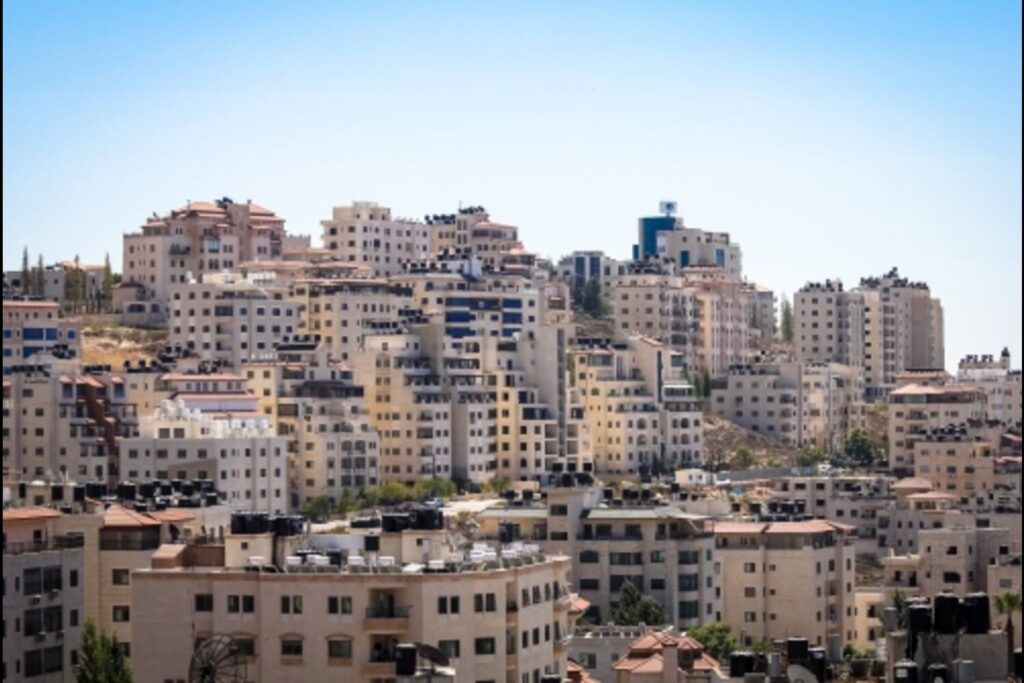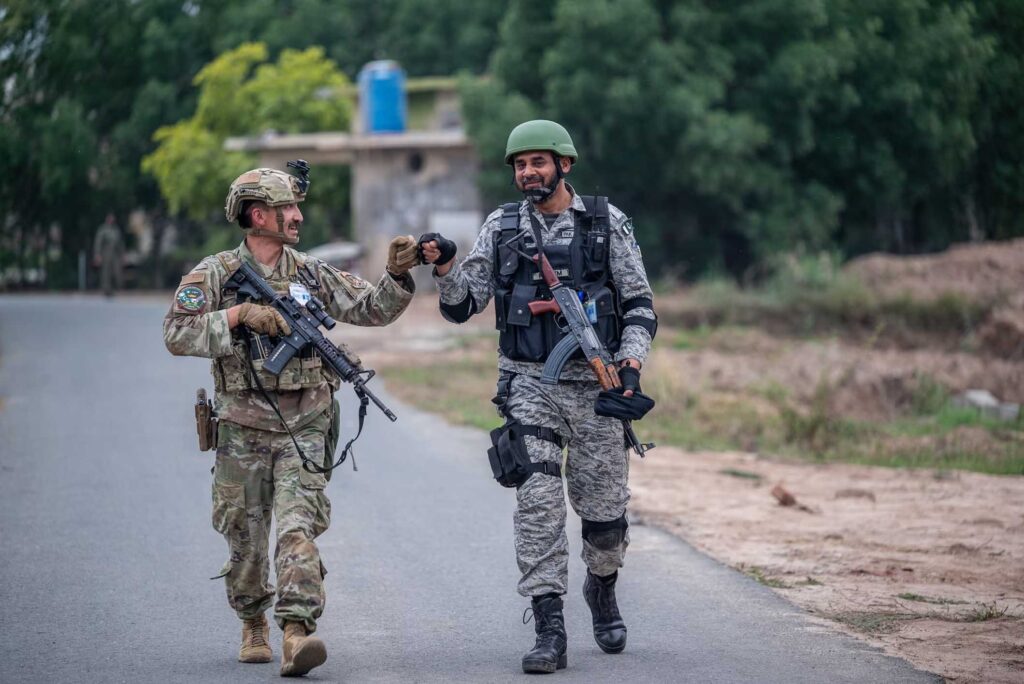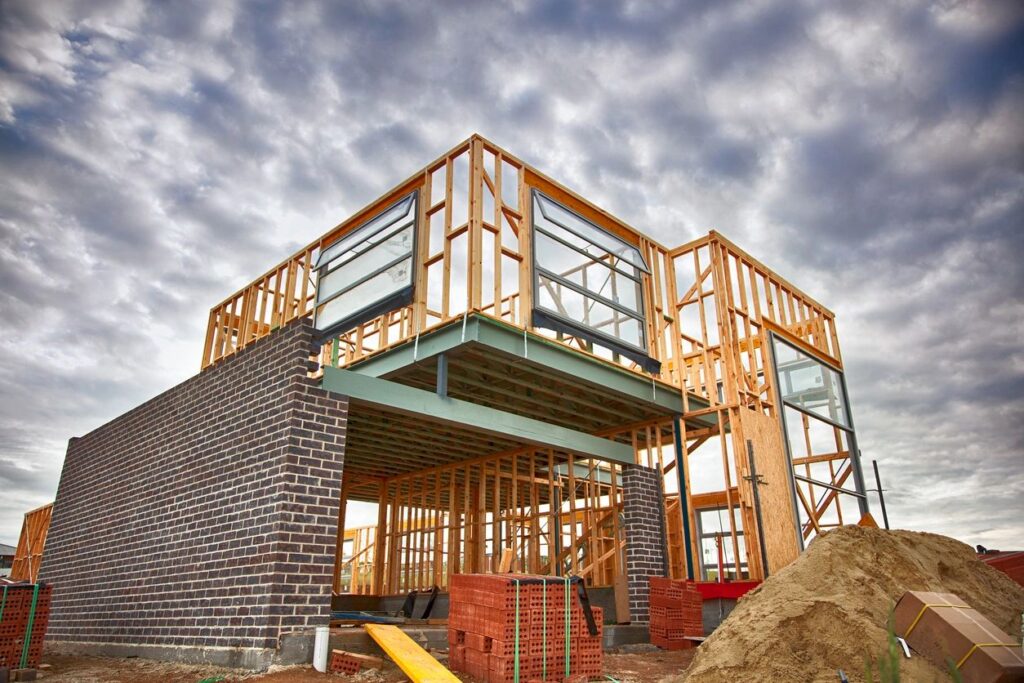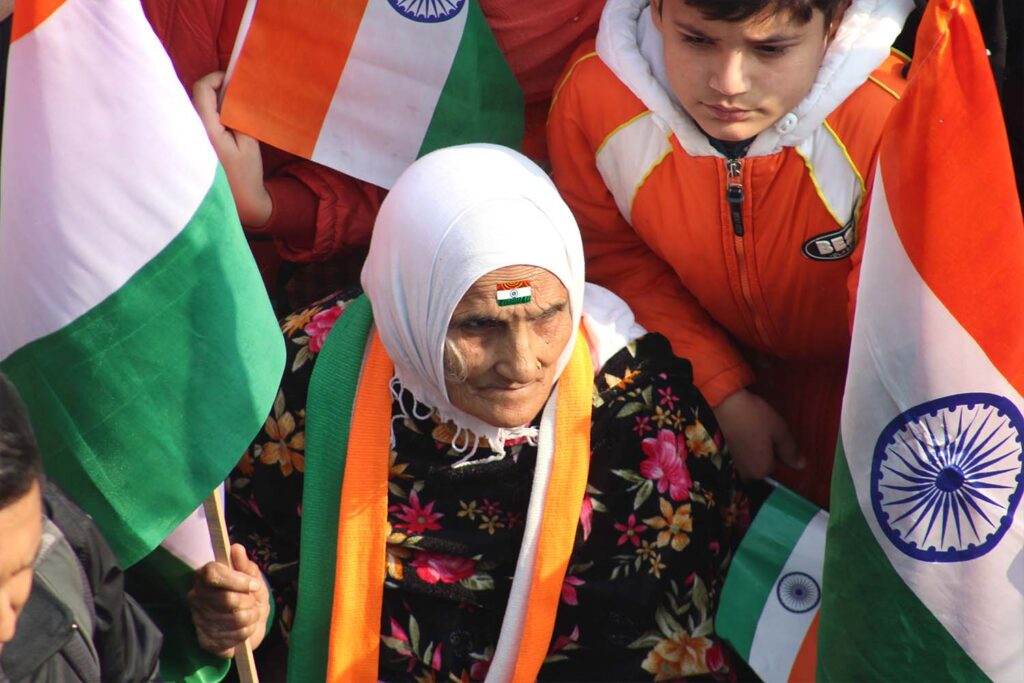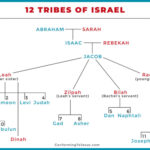Israel-Hamas Conflict Analysis
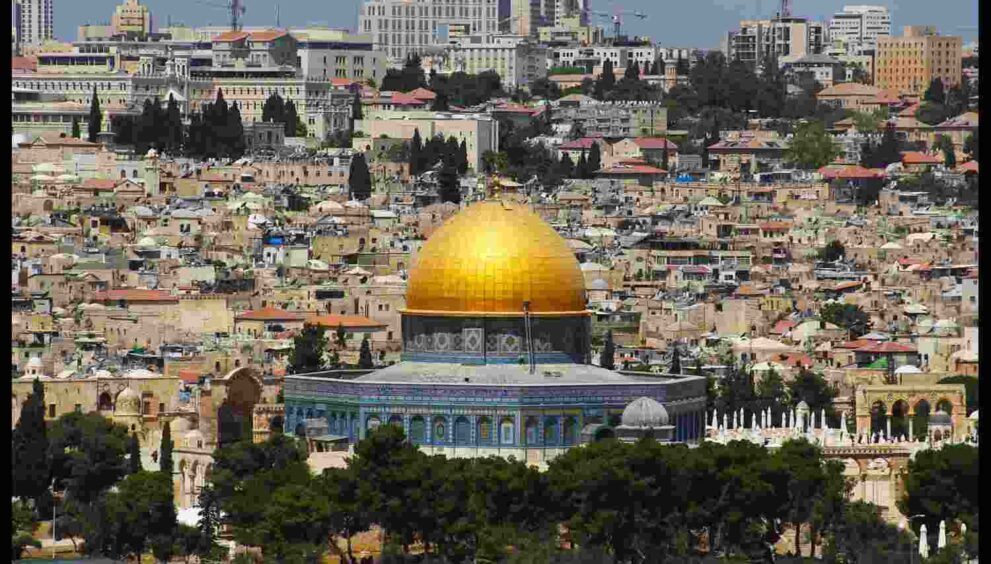
In the ongoing Israel-Hamas conflict, it’s imperative to provide a thorough analysis, considering the complex dynamics at play. This article aims to address the multifaceted aspects of the situation, while adhering to Yoast SEO guidelines for subheading distribution and sentence length.
The Conflict’s Escalation
The Israel-Hamas conflict has reached a critical juncture, with both parties resorting to full-scale warfare. A multitude of deadly attacks and hostage situations have arisen, casting a long shadow over the region.
Complex Regional and Global Ramifications
The situation isn’t confined to its geographical origin; it carries significant regional and international implications. Understanding the conflict’s details, causes, and potential outcomes is essential for a comprehensive perspective.
Deconstructing the Sequence of Events
Hamas and Islamic Jihad’s Offensive
On the 7th of October, 2023, a pivotal moment occurred as Hamas and Islamic Jihad initiated a massive and unprecedented offensive against Israel. This onslaught featured the firing of thousands of rockets from Gaza and daring infiltrations into Israeli territory by land and sea.
Impacts of Militant Actions
The militants’ actions left no room for doubt about their intentions. They targeted Jewish communities adjacent to Gaza’s border, resulting in the tragic loss of civilian lives and the seizure of both civilians and soldiers. Shockingly, hostages were displayed in videos with their hands bound, held captive by Palestinian gunmen.
Toll on Innocent Lives
The indiscriminate actions of the militants were heart-wrenching. At an all-night dance festival in southern Israel, hundreds of young people became victims as militants fired upon them without distinction. By Monday, the 9th of October, the death toll in Israel had surged to at least 900.
Israeli Response
In response, Israel launched a wave of airstrikes against Gaza, focusing on targets such as Hamas hideouts, rocket launchers, and critical infrastructure. The cessation of electricity and fuel supplies to Gaza could further exacerbate the challenges faced by medical facilities already inundated with casualties from the bombardment. Tragically, by Monday, the 9th of October, the death toll in Gaza had also reached at least 765.
Expanding Fronts
Israel faced threats from other fronts, including Lebanon and Syria, where groups like Hezbollah and other Iranian-backed factions fired rockets and deployed drones against Israeli territory. Israel responded with airstrikes in these nations as well.
Global Concern
The international community has voiced concern and condemnation over the escalating violence. Calls for an immediate ceasefire and the provision of humanitarian access to Gaza have been widespread. The United Nations Security Council convened several emergency meetings, but a unanimous statement or resolution remained elusive, primarily due to the United States’ exercise of veto power. The United States, aligned with Israel’s stance on self-defense, also obstructed a statement by the UN Human Rights Council that sought to initiate an investigation into potential war crimes committed by both parties.
Understanding the Root Causes
Decades-Long Conflict
The Israel-Hamas conflict is deeply entrenched in decades of political, religious, and territorial disputes regarding the land of Palestine/Israel. Hamas, a Palestinian Islamist movement, assumed control of Gaza in 2007, ousting its rival, Fatah, which governs the West Bank. However, the fundamental issue is that Hamas does not recognize Israel’s right to exist and aims to establish an Islamic state across historic Palestine.
Blockade and Countermeasures
Israel classifies Hamas as a terrorist organization and, since 2007, has enforced a blockade on Gaza, curtailing the movement of people and goods in and out of the enclave. Israel argues that the blockade is essential to thwart weapons smuggling and tunnel construction by Hamas. In contrast, Hamas asserts that the blockade amounts to collective punishment, infringing upon the human rights of Gaza’s populace.
Triggers for the Current Conflict
Several factors triggered the current escalation:
Postponed Palestinian Elections
Palestinian elections, scheduled for May 2023 after numerous delays since 2006, played a pivotal role. These elections held the promise of bridging the division between Fatah and Hamas and renewing the legitimacy of Palestinian leadership. However, Palestinian President Mahmoud Abbas indefinitely postponed the elections in April, citing Israel’s refusal to permit voting in East Jerusalem, a city claimed by Palestinians as their capital.
Tensions in Jerusalem
Jerusalem tensions heightened in May 2023 due to Israeli restrictions on access to the Al-Aqsa Mosque compound, a site of great significance for Muslims, during the holy month of Ramadan. This site is also revered by Jews as the Temple Mount, where ancient temples once stood. Clashes between Israeli police and Palestinian protestors erupted, leading to injuries on both sides. The situation worsened as Israeli authorities announced plans to evict several Palestinian families from homes in Sheikh Jarrah, an East Jerusalem neighborhood contested by Jewish settlers.
Regional Rivalry
The intensifying regional rivalry between Iran and Israel played a pivotal role, particularly following the U.S. withdrawal from the 2015 Iran nuclear deal and the reimposition of sanctions on Tehran. Iran has provided support to various anti-Israel armed groups across the Middle East, including Hezbollah in Lebanon, Islamic Jihad in Gaza, and militias in Syria and Iraq.
Domestic Challenges
Both Israeli Prime Minister Benjamin Netanyahu and Hamas leader Ismail Haniyeh faced significant domestic challenges. Netanyahu grappled with corruption charges, political instability following multiple inconclusive elections, and opposition efforts to unseat him. Haniyeh confronted public discontent due to the hardship imposed on Gaza’s population, which suffered from poverty, unemployment, and isolation due to the blockade.
Exploring Potential Outcomes
End of Conflict Uncertain
The Israel-Hamas conflict is unlikely to conclude in the near term, with both parties showing no inclination to back down or accept a ceasefire. This escalation elevates the risk of a more extensive regional war, potentially involving Iran, Hezbollah, Syria, Egypt, Jordan, and Turkey.
Humanitarian Crisis
The humanitarian crisis in Gaza worsens daily, characterized by shortages of food, water, medicine, and electricity. While the international community strives to mediate between the parties and deliver humanitarian aid to civilians, it faces numerous obstacles.
Potential Outcomes
The eventual outcome of Israel-Hamas conflict hinges on several factors, including military capabilities, political motivations, diplomatic endeavors, and public sentiment. The possibilities include a prolonged war with no clear victor, a limited conflict culminating in a ceasefire, a decisive victory or defeat for one side, or a transformative conflict reshaping power dynamics and fostering prospects for dialogue.
Regardless of the outcome, the Israel-Hamas conflict is not just a military or political struggle; it’s a human crisis affecting millions, demanding not only force and diplomacy but also compassion and empathy.

 English
English 